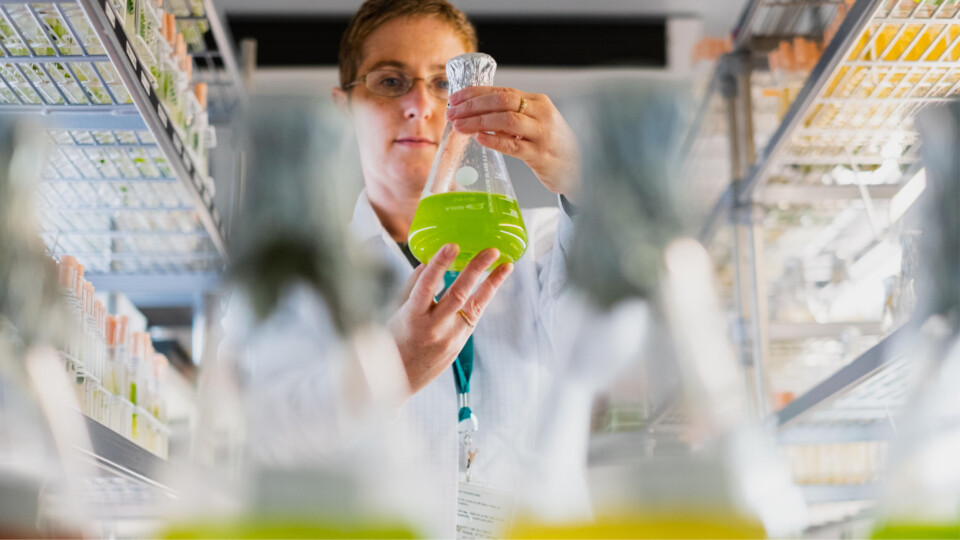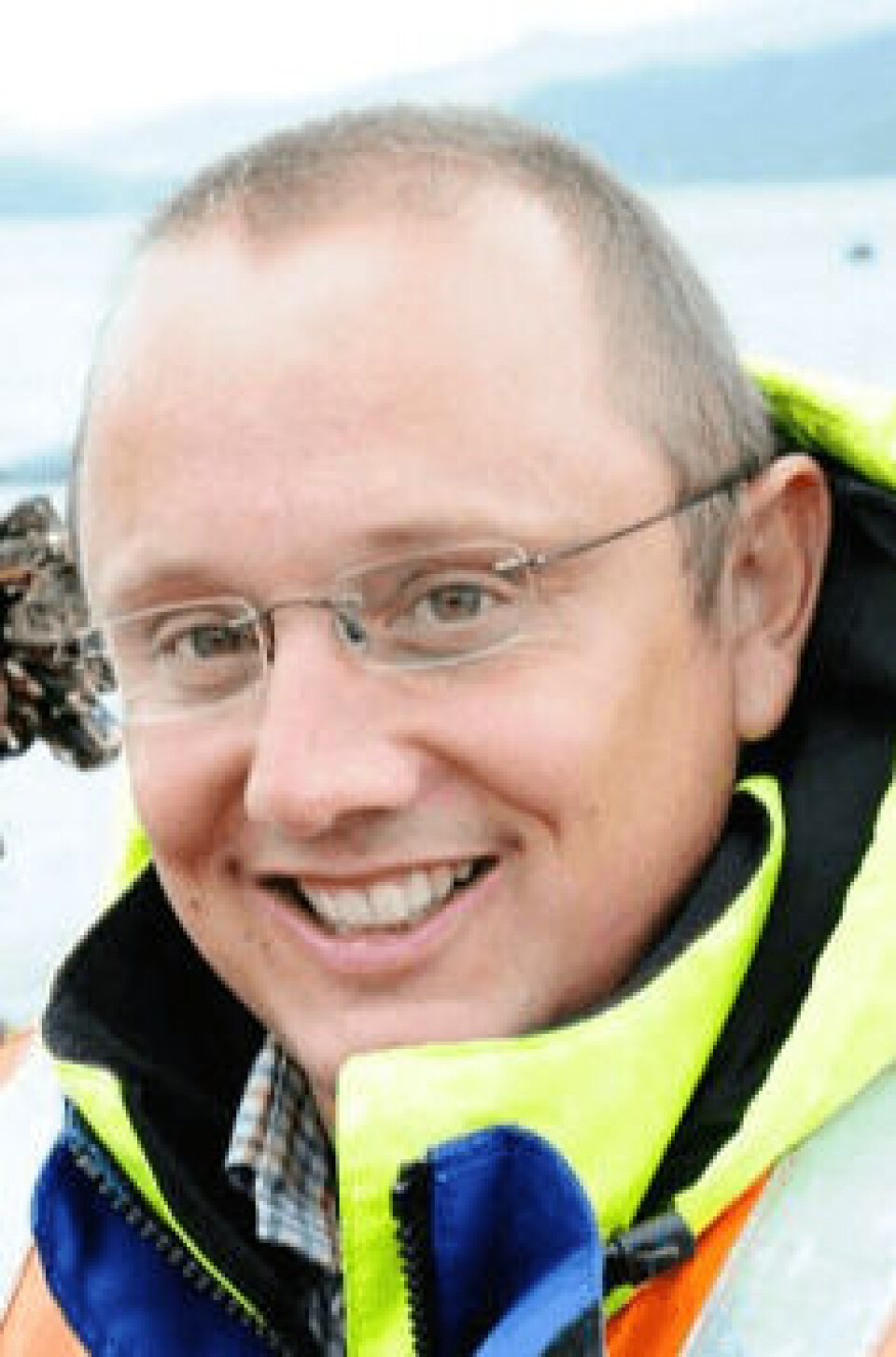
How an algae research centre can help cut fish farming’s carbon footprint
A new algal research centre at the Scottish Association for Marine Science (SAMS) near Oban will increase opportunities to extend aquaculture’s sustainability, scientists say.
The protein conversion efficiency for whole salmon is already higher than most terrestrial meat production, and the greenhouse gas (GHG) emissions per kilo of production are significantly lower for aquaculture than pig or beef production.
But there’s still room for improvement. Around 60% of the GHG associated with salmon production is linked to feed, due to the use of both terrestrial ingredients and fish meal and fish oil.

Increased productivity
Replacing some of those with “blue biotechnology” ingredients derived from algae could increase feed sustainability and reduce the overall impacts of the industry, say Dr Adam Hughes and Dr Lucie Novoveska, of SAMS, in an article for Fish Farming Expert online magazine.
They point out that the omega 3 fatty acid content of feed obtained from forage fish is ultimately derived from photosynthesis in the microalgae those fish feed on. Using microalgae to produce a fish oil replacement seems like a natural next step, but commercial production of microalgae can be limited by the density at which cultures are grown.
Recent research at SAMS has shown that using species of algae that can feed directly from their environment (on feed such as glucose) as well as gaining energy from photosynthesis can increase productivity six-fold.
Huge diversity
“Blue biotech-derived fatty acids in fish feeds are now reaching commercial reality for the salmon sector, with the production mainly based on Schizochytrium,” write the scientists. “This organism is not a microalga but is a related micro-organism that grows by feeding on additional carbon sources, so it is not limited by light. But there is a huge diversity of these organisms which offer potential for future products.”
They say that microalgal species offer many possibilities for aquaculture and in other areas.
“There are thousands of microalgal species that remain under-explored and may contain a variety of potentially beneficial compounds, yet the aquaculture industry focuses on fewer than 30 species for commercial applications. Besides nutritional benefits, microalgae have been demonstrated to have pharmaceutical and cosmetic applications,” Hughes and Novoveska write.
Extra capability
SAMS is home to the Culture Collection of Algae and Protozoa (CCAP), a “library” containing 3,000 strains of marine and freshwater algae, protists and seaweeds, and this summer it will open a new facility, the Algal Research, Innovation and Environmental Science Centre (CCAP-ARIES).
This will offer new analytical capability with the capacity to grow and harvest hundreds of litres of algal culture and carry out metabolomic and genomic analyses.
“The core remit of the expanded CCAP-ARIES facility is to complement the culture collection and centralise research and service provision around increased cultivation capacity of algae, enhance the on-site analytical, genomic and metabolomic capability that supports algal research in the user community, and deliver advanced training to UK and international researchers in both academia and industry,” say the scientists.
“Together, these advances in blue biotechnology can help build both a sustainable future for the aquaculture industry and a sustainable blue economy.”
Read the full article here.























































